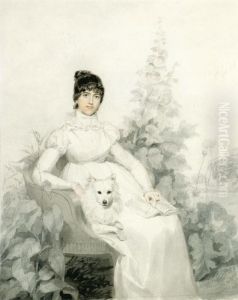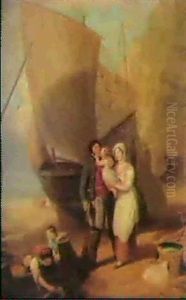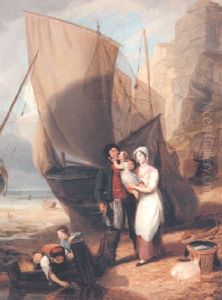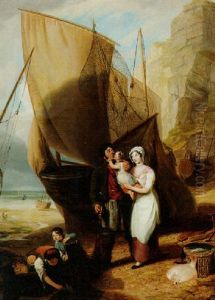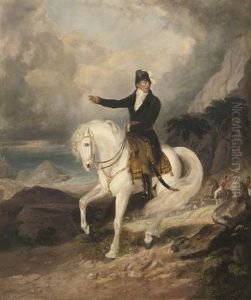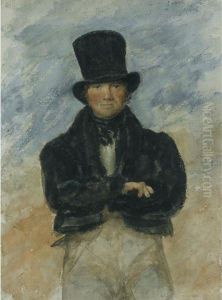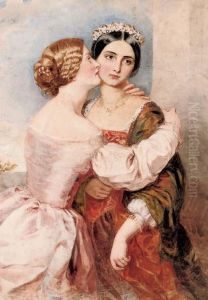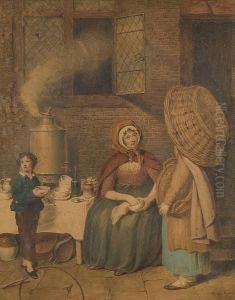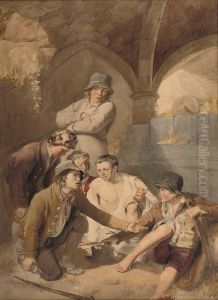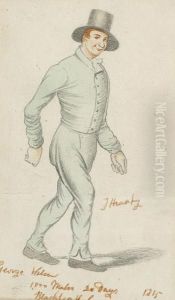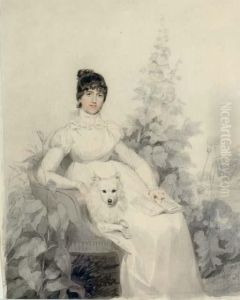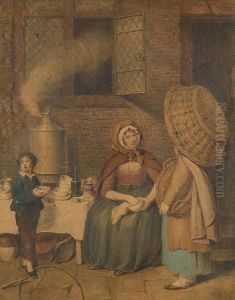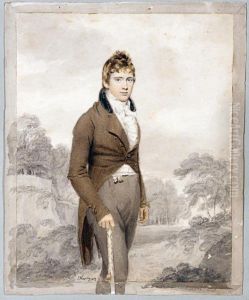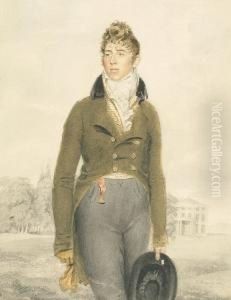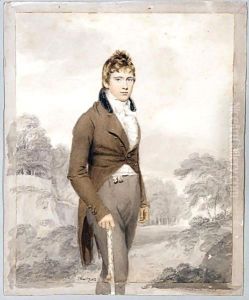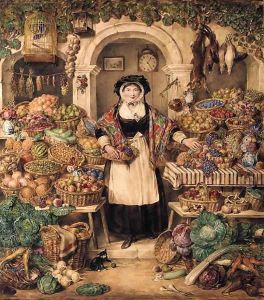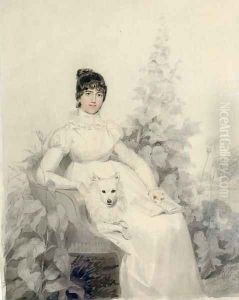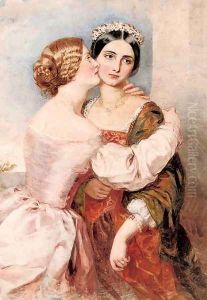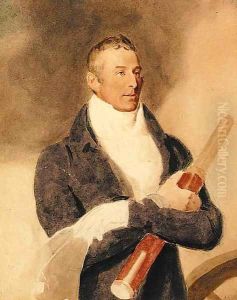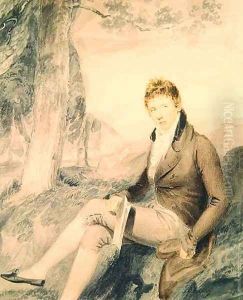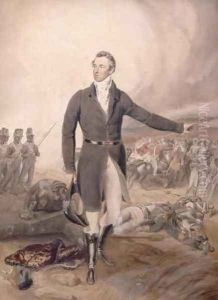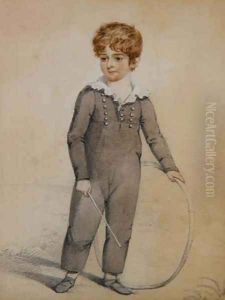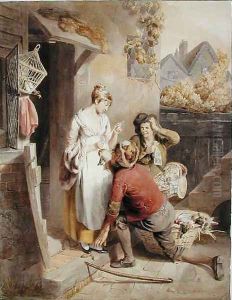Thomas Heaphy Paintings
Thomas Heaphy was an English watercolour portraitist and the first president of the New Society of Painters in Water Colours, now known as the Royal Institute of Painters in Water Colours. Born on December 29, 1775, in London, Heaphy showed an early interest in art. His initial training was under the guidance of his father, a professional artist named Thomas Heaphy Senior, who played a significant role in his artistic development.
Heaphy’s career began with miniature portraits, a popular format in the 18th and early 19th centuries. He later transitioned to larger watercolor portraits, which was somewhat unusual for the time, as watercolor was commonly used for landscape and topographical subjects. Heaphy's ability to capture the likeness and character of his sitters brought him considerable success.
In 1808, Heaphy was one of the founders of the New Society of Painters in Water Colours, and he served as its first president. However, his tenure was short-lived due to internal disagreements, and he resigned from the society in 1812. Despite this setback, Heaphy continued to exhibit his work, showing his pieces at the Royal Academy and the British Institution.
Throughout his career, Heaphy was known for his detailed and realistic portraits. He was also involved in historical and genre scenes, but it was his portraiture that earned him recognition. His clientele included many notable figures of his time, and he was particularly favored for his depictions of children and family groups.
Heaphy’s later years saw a decline in his popularity as the taste in art shifted and new styles emerged. He attempted to adapt by painting in oils and producing lithographs, but he never regained the prominence he once held. Thomas Heaphy died on October 4, 1835, in London. His legacy includes not only his portrait work but also his role in the early years of the society that would become a significant institution for watercolor artists in the UK.
